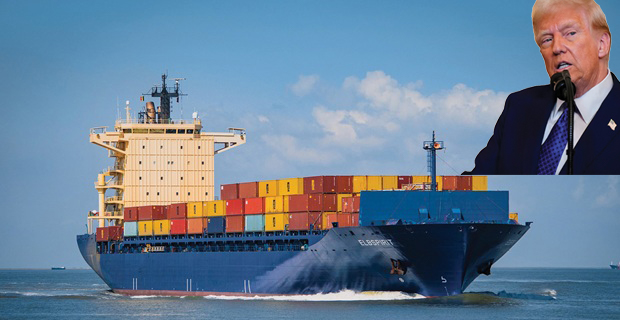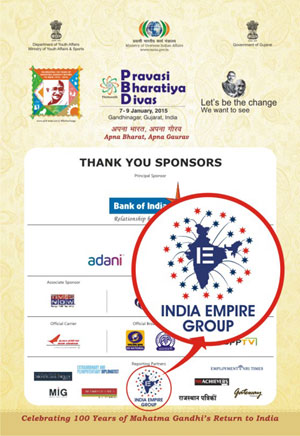Less Affected
New Delhi: As U.S. President Donald Trump imposed reciprocal tariffs on dozens of countries — including India — trade experts say India’s export competitiveness to the U.S. remains relatively less impacted than many global peers. India now faces a 26% tariff on exports to the U.S., in addition to an existing 10% baseline duty.
India’s Relative Advantage
“India stands somewhere in the middle of the tariff bracket,” said Sanjay Nayar, President of Assocham. “Net-net, our export competitiveness is less impacted, but we must boost export efficiency and value addition to stay resilient.”
Reciprocal tariffs by other nations neutralize advantages, potentially leading to inflationary pressures for U.S. consumers. “India should explore a preferential trade deal with the U.S. swiftly,” Nayar added, citing ongoing diplomatic goodwill between PM Modi and President Trump.
Tariffs May Reposition India in Global Supply Chains
According to Arsh Mogre, Economist at PL Capital Institutional Equities Research, the 26% U.S. tariff on Indian goods signals a shift toward bilateralism over multilateralism. While the impact on India’s $75–78 billion exports to the U.S. is notable, the sectoral breakdown shows potential gains:
In textiles, footwear, and electronics, India gains an edge over countries like Vietnam and Thailand, now facing higher tariffs.
In auto components, chemicals, and electronics, India maintains a cost advantage over China, which now faces a steep 54% effective tariff.











Comments.